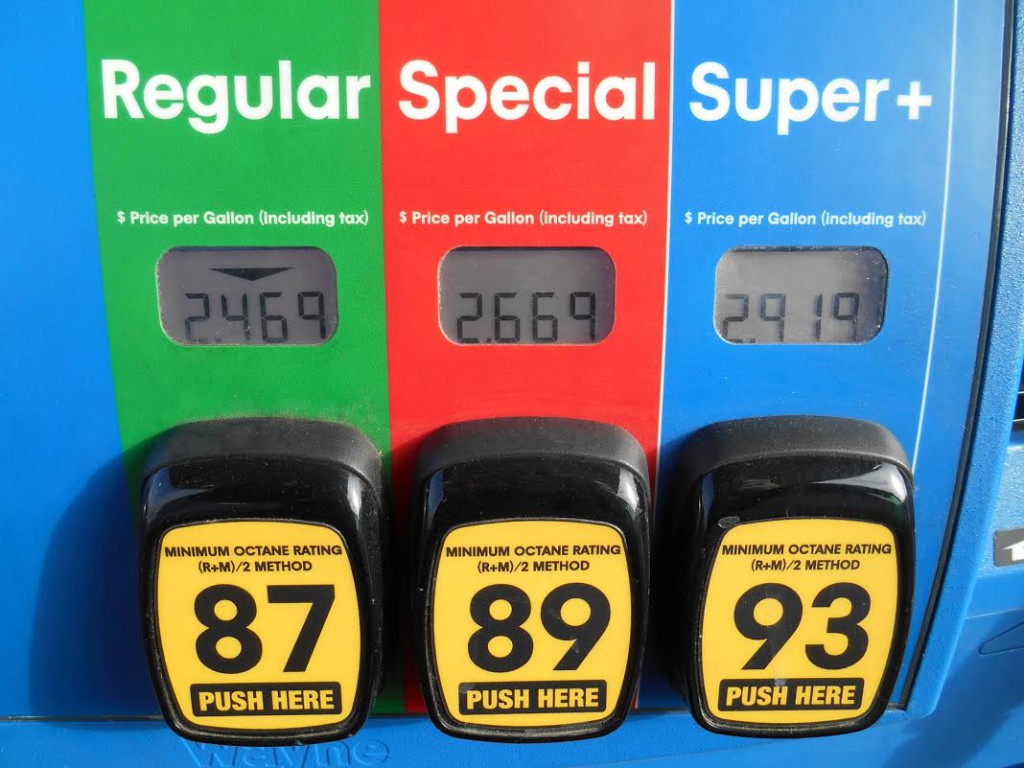When it comes to fueling our vehicles, many people often overlook the specifics of the fuel they are using. Unleaded gasoline, a staple for most modern vehicles, often contains ethanol, a renewable fuel made from plant materials. Understanding how much ethanol is in unleaded gas can help consumers make informed choices about their fueling options. Ethanol is commonly blended with gasoline to reduce overall greenhouse gas emissions, enhance octane ratings, and support agricultural industries. However, the amount of ethanol in unleaded gas can vary depending on regional regulations and specific formulations.
In the United States, the most common blend of unleaded gasoline contains up to 10% ethanol, known as E10. Other blends, such as E15 and E85, contain higher percentages of ethanol, which are designed for vehicles specifically engineered to handle such fuel. As environmental concerns continue to rise, the question of how much ethanol is in unleaded gas becomes increasingly important for both consumers and policymakers.
In this article, we will explore the details surrounding ethanol in unleaded gasoline, including its benefits, potential drawbacks, and how it impacts vehicle performance and the environment. Whether you’re a casual driver or an eco-conscious consumer, understanding the ethanol content in your fuel can lead to better decisions at the pump.
What is Ethanol and Why is it Added to Gasoline?
Ethanol is an alcohol-based fuel that is produced through the fermentation of sugars found in crops like corn, sugarcane, and wheat. Its primary purpose when blended with gasoline is to reduce the overall carbon footprint of fuel consumption.
How Much Ethanol is in Unleaded Gasoline?
The standard ethanol content in unleaded gasoline is typically around 10%, referred to as E10. This means that for every gallon of fuel, approximately 1.3 gallons of ethanol are blended into it. However, there are variations in ethanol content depending on the type of gasoline and the region:
- E10: 10% ethanol, 90% gasoline
- E15: 15% ethanol, 85% gasoline
- E85: 51% to 83% ethanol, depending on the season
What are the Benefits of Ethanol in Fuel?
Incorporating ethanol into gasoline offers several benefits, including:
- Reduced Emissions: Ethanol burns cleaner than gasoline, leading to lower greenhouse gas emissions.
- Increased Octane Rating: Ethanol has a higher octane rating, which can improve engine performance.
- Support for Renewable Energy: Using ethanol helps promote the agricultural sector and renewable energy sources.
Are There Any Drawbacks to Ethanol in Gasoline?
While there are numerous advantages, there are also potential drawbacks to consider:
- Compatibility Issues: Some older vehicles and small engines may not be compatible with higher ethanol blends.
- Fuel Economy: Ethanol has a lower energy content than gasoline, which can result in slightly reduced fuel economy.
- Impact on Food Prices: Increased demand for ethanol production can influence food prices due to competition for agricultural resources.
How to Check Ethanol Content in Your Fuel?
If you are concerned about the ethanol content in your unleaded gasoline, here are a few steps to check:
- Examine the Label: Most fuel stations are required to display the ethanol content on the fuel pump.
- Research Local Regulations: Check if your state has specific regulations regarding ethanol blends.
- Consult Your Vehicle’s Manual: Your owner’s manual will provide guidelines on compatible fuel types.
What Future Trends Should We Expect Regarding Ethanol in Gasoline?
As the automotive industry evolves, several trends may shape the future of ethanol in gasoline:
- Increased Use of Flex-Fuel Vehicles: More vehicles are being produced that are compatible with higher ethanol blends.
- Shift to Renewable Sources: The production of ethanol may increasingly rely on waste materials and non-food crops.
- Advancements in Engine Technology: Innovations may improve compatibility and efficiency of higher ethanol blends.
Conclusion: How Much Ethanol is in Unleaded Gas?
Understanding how much ethanol is in unleaded gas is crucial for making informed fueling decisions. With the majority of unleaded gasoline containing around 10% ethanol, consumers can appreciate the environmental benefits while being aware of potential drawbacks. Whether you choose E10, E15, or another blend, knowing the ethanol content allows you to choose the fuel that best suits your vehicle and values.
You Might Also Like
The Cosmic Artistry Of The Hitchhiker's Guide To The Galaxy CoverDiscover The Wonders Of The Microwave Steam Oven
Discovering The Benefits Of Distilled Water Detox
Exploring The Significance Of 67 12: A Journey Into Numbers
The Evolution Of The Beatles Drummers: A Rhythmic Journey Through Time
Article Recommendations
- Contact
- The Fascinating Journey Of Kim Muyeol A Deep Dive Into His Life And Career
- Latest Kannada Movies 2022 Movierulz Downloads


